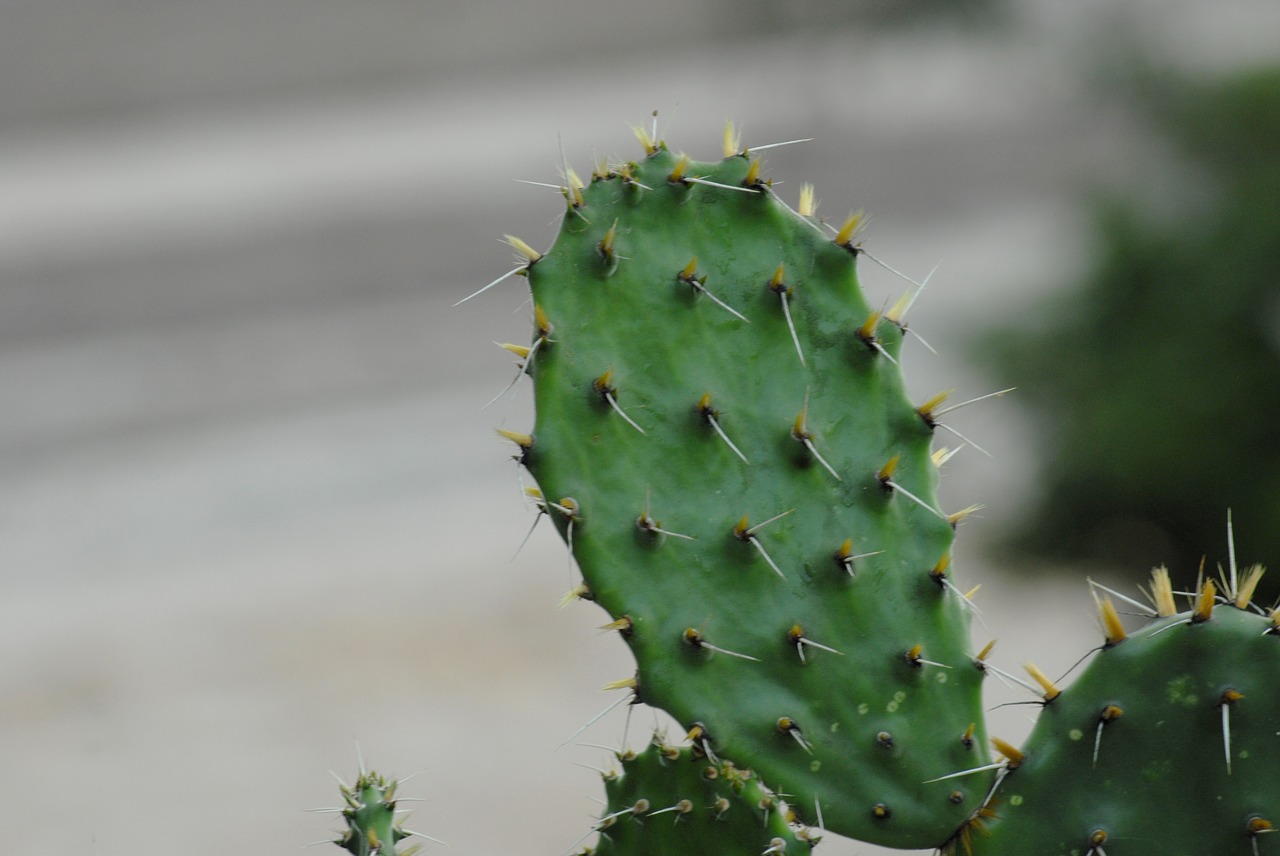You have probably seen the cactus a million times now, and have been fascinated by the spikes on it. Cacti has clusters of spines. Numerous Succulent plants have spines of course, but in cacti, spines occur in clusters in the axil of leaves, even though the leaves are usually microscopic. But do you know what are the spikes on a cactus called? Probably, No? Those spiky things are known as spines, and they aren’t there just for show-off but actually have great usage and function in reality.
What is a Cactus Spine?

As Cactus lack leaves, unlike other traditional plants, these spikes work as the modified leaves of Cacti. Apart from that, these spines cater to a variety of functions as well – one of which is protecting the plants from being attacked by the predators. However, these spines have a widened variety, some of which are sharp, while others tend to be mild.
Why Do Cacti Have Spines? What Do They Do Actually?
You might wonder why do Cacti have spines instead of leaves. Right? Well, these intimate spines function similarly as the leaves but lack the stomata. Stomata is usually present under the leaf’s surface, which encourages transpiration by contributing to photosynthesis, that is, loss of water.
- Helps to store water: The desert plants hardly get any water due to the scarcity of rain in those regions, and these spine structures help to restore water, unlike leaves. Thus, Cactus spines lack stomata, and the stored water cannot evaporate into the air.
- Provide shade to the plant: Though it might be hard for you to believe that these small structures can contribute to the shade, they do. The intense desert Sun can be hard to bear sometimes, thus these spines create an insulation layer on the cactus, not allowing either heat or cold to come through it.
- Aid water storage: While the Cacti spines aid water storage in the summers, they help to restore moisture from the fog during the stormy and snowy winter nights. Deserts usually have extreme winters, and thanks to its spines, those fog and snow particles cannot make their way to damage the Cactus. Instead, they absorb the snow stuck on the spine surface, and restores the moisture during the dry winters.
- Protection from Predators: Cactus spines are very sharp, and that is the reason it is safe from being eaten by predators
How to Differentiate Between Spines and Thorns?
A lot of plants have thorns, yet a couple of kinds of plants have spines, but a great deal of the time they look very comparable. So what’s the distinction? Spines are altered leaves, while thistles are changed branches. All plants with thorns will likewise have leaves of some depiction. Plants with spines have no leaves, in light of the fact that the spines are the leaves.
Curiously, a large number of the plants we distinctively partner with having thorns, really don’t. The thorns of roses are actually prickles, which are sharp augmentations of the stem or leaf epidermis and are unique in relation to the two spines and thorns.
Are Cactus Spines Poisonous?
Desert plant spines are not harmful. They can, notwithstanding, cause huge harm to your skin, especially those assortments with thorned spines. Spiked spines are intended to disconnect and cabin in the skin of the creature or human they come into contact with. These spines are hard to eliminate and can cause restricted dermatitis or a granulomatous response in the event that they are left untreated.
What to Do When You Get pierced by Cactus Spines?
The situations with respect to how a spine could wind up harming you are interminable. It’s in this manner fundamental to figure out how to securely eliminate it from your body, to try not to deteriorate the circumstance.
In the event that you have a whole stem joined to the needles on your body, start by removing the greater pieces utilizing some scissors or pincers. Leave about a large portion of an inch of the spine on your skin for the following stage.
To eliminate the excess pieces that may even now be stuck under your skin, utilize little tweezers. In contrast to that enormous tweezers, the little ones are more compelling at eliminating small amounts of spines held up in your skin.
A few prickly plants like the Cholla discharge many spines in a single territory. In the event that you have a lot of these needles, start by running the influenced part of the body under running water. The water mollifies the thistles, making them simpler to eliminate.
Another powerful method to eliminate spines is to utilize tape. Put the tacky side of your tape on top of the region. Tenderly draw out the tape, and it should fall off with the spines.
A few spines are clear, and it very well may be difficult to tell whether there’s still any left stuck under your skin. To test whether you’ve figured out how to haul the entire spine out, have a go at contacting the territory. In the event that it’s as yet delicate to contact, the odds are that there are pieces actually stuck in your skin tissue.
On the off chance that you can’t perceive any spines and your skin is as yet delicate, utilize an amplifying glass to find the specific situation of the spine. Attempting to, burrow around your skin attempting to eliminate thistles that you can’t see with the unaided eye may be tedious, and may likewise make more damage than anything else.
Conclusion
Hopefully, we have provided you with enough details to your question, that is, what are the spikes on a cactus called. In fact, to a certain extent, they can be compared to the vertebrae in a human body, which is the support system. So, if you now come across a Cacti on your way, don’t miss out on its spikes!
